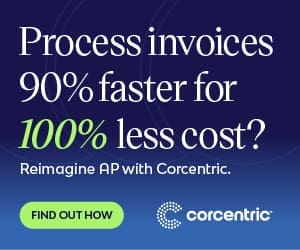A Comprehensive Guide To Source-To-Contract Outsourcing

Source To Contract Outsourcing
There is an increasing demand in the modern business climate to more efficiently manage and mitigate risks associated with source-to-contract outsourcing. In order to remain competitive in the global market, it is essential to identify and address such risks in proactive manner. As result, executives within finance department roles must be well-versed in how to identify and deploy successful source-to-pay solution. This comprehensive guide will provide thorough introduction to the subject of source-to-contract outsourcing, and it aims to provide comprehensive overview of how source-to-pay solution can work to mitigate potential risks and increase efficiency.
To begin with, it ishould be noted that source-to-contract outsourcing is comprehensive system of tools and processes used to support companies procurement and sourcing activities. This system enables organizations to more effectively identify, analyze, and manage the entire lifetime of particular sourced contract, from its inception in the discovery phase to its completion. It also assists in streamlining the various related processes and procedures of included in the source-to-contract process. This can include creating, negotiating, and agreeing to terms, timelines, and payment structures with vendors.
Once source-to-pay solution has been identified and deployed, it is critical to evaluate its effectiveness in mitigating risk and increasing efficiency throughout the contract sourcing and execution process. In order to assess this, it is essential that organizations engage in rigorous data- and metrics-driven analysis of the effectiveness of the solution. Some of the key areas to consider in evaluating the success of source-to-pay solution include cost savings, contract compliance, vendor performance and evaluation, and the validity of risks and mitigation processes.
The next step in an effective source-to-contract outsourcing process is to assess the needs of the company and develop strategy for how best to obtain the necessary items and services for which the company is sourcing. This includes considering what items and services the company requires and evaluating potential vendors on the basis of vendor performance, price and value value propositions, risk management, and other related criteria. By taking the time to identify and analyze the organizations specific needs, executives in finance roles can ensure the most effective and efficient sourcing contract is identified and negotiated.
Once source-to-pay solution has been identified and negotiated, the company must then execute the contract in order to obtain the necessary goods and services. At this stage, it is important to monitor and oversee the performance of the vendors to ensure that they are complying with the terms of the contract as well as meeting any agreed-upon timeline and payment structures. It is also important that the organization records relevant data in order to analyze and evaluate the performance of the contract and use that data to inform future decision-making.
Finally, once the contract has been completed, the organizationshould review and assess its effectiveness. This includes evaluating vendor performance, cost savings, and any risks encountered or mitigation processes employed. This review and assessment should be used to inform future decisions about sourcing contracts and help ensure the most successful and efficient outcomes in the future.
In conclusion, source-to-contract outsourcing is an essential process in helping organizations stay competitive in the global market. In order to successfully identify and deploy an effective source-to-pay solution, it is essential that executives in finance roles be knowledgeable about the various available tools and processes. Once source-to-pay solution has been identified, it is important to monitor its effectiveness in mitigating risks and increasing efficiency throughout the life of the contract. In order to reduce risks and ensure the safest and most efficient outcomes, it is critical to engage in rigorous data- and metrics-driven analysis and continually assess the needs of the company in order to develop the most successful sourcing strategies.

